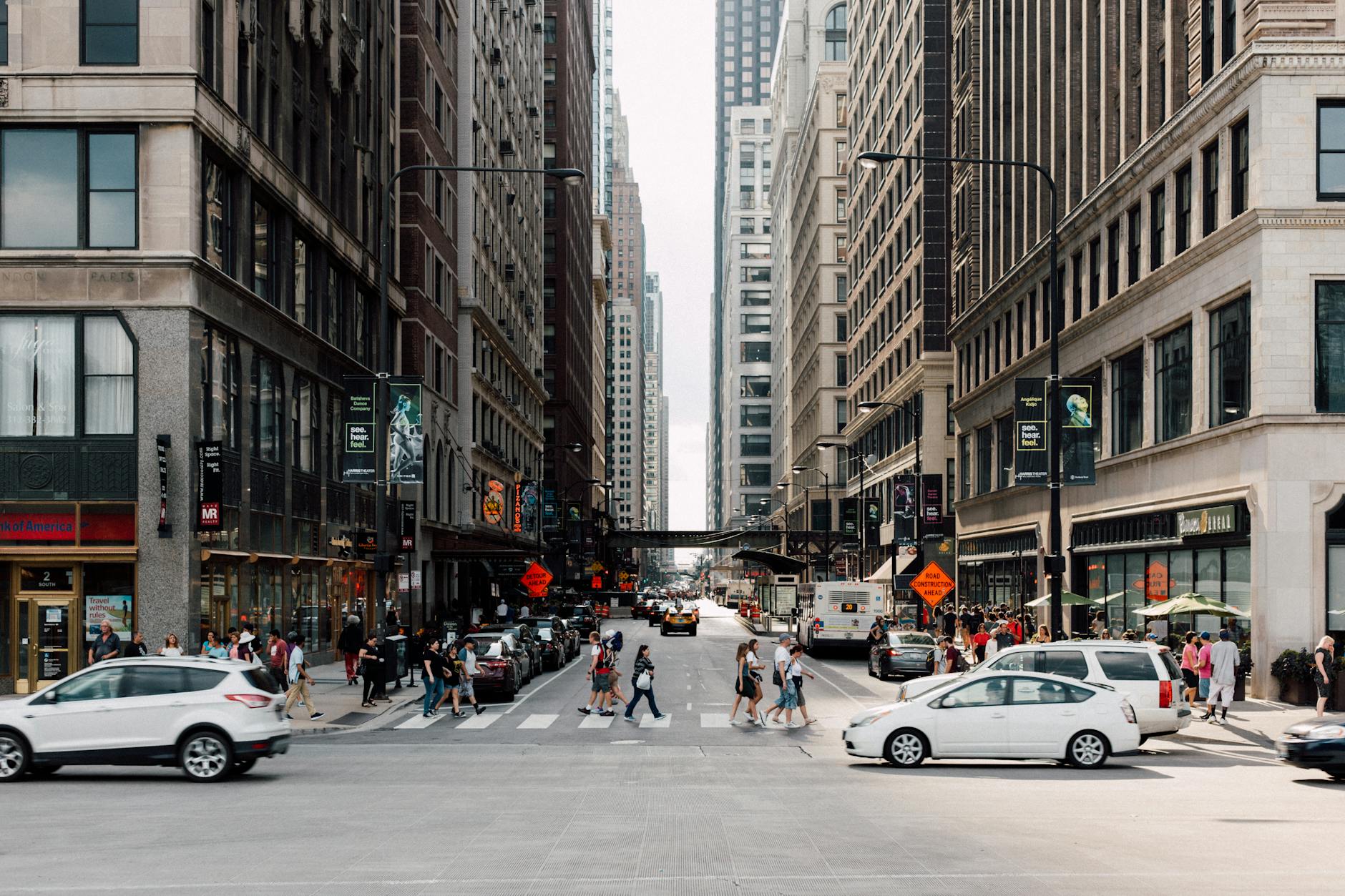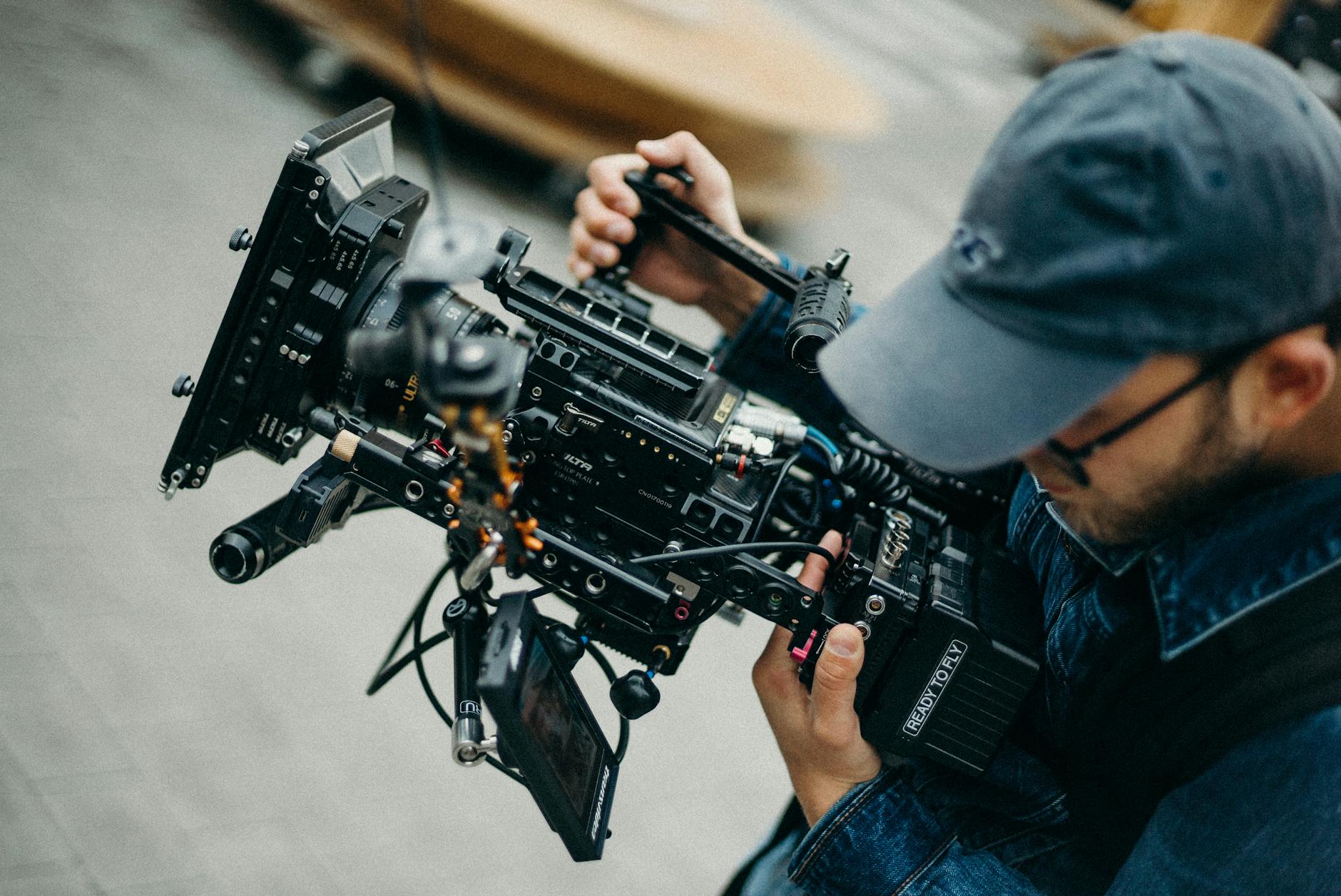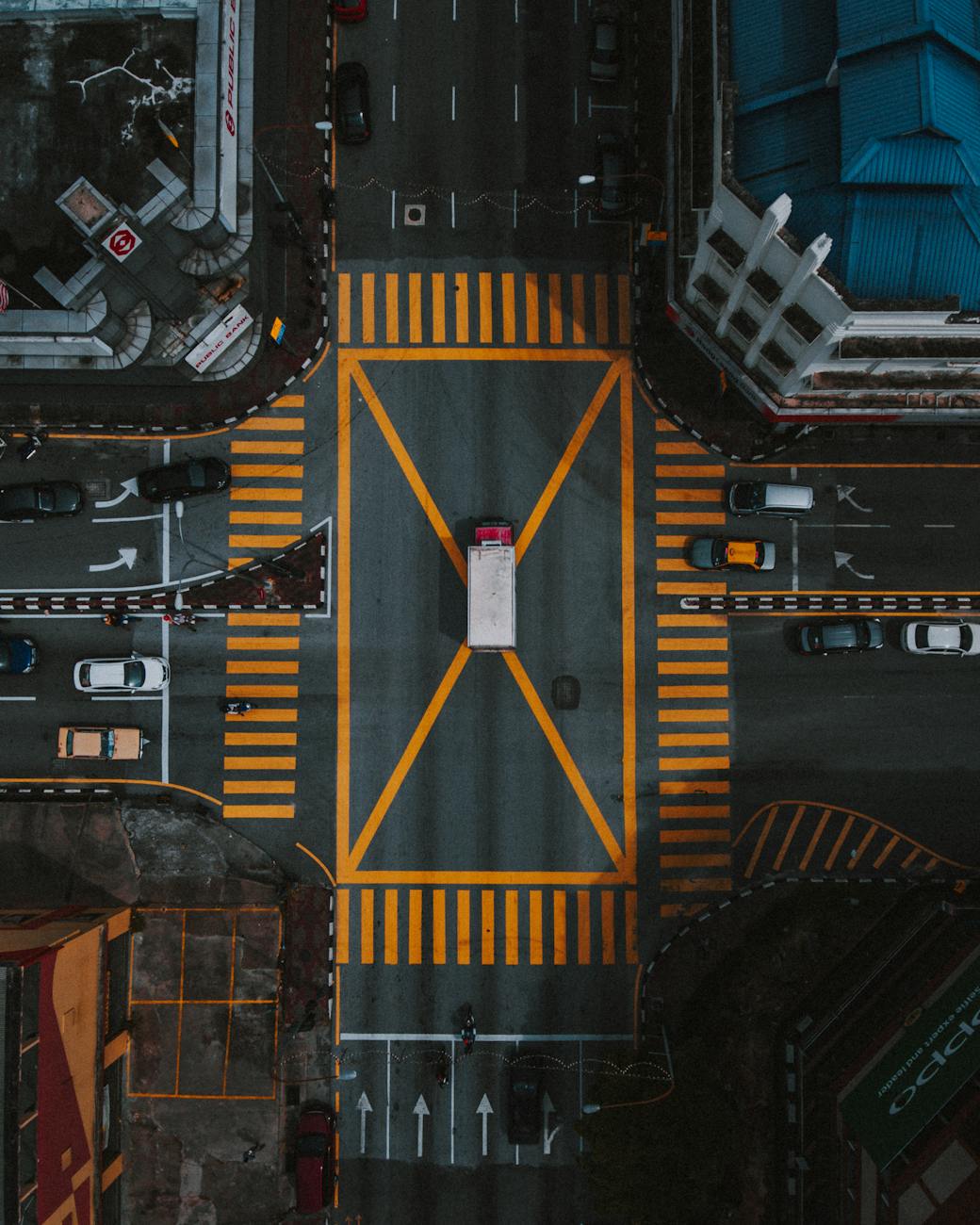
(As an Amazon Associate we earn from qualifying purchases)
Street Photography Books: Why Printed Streets Still Matter
The Enduring Power of Street Photography Books
Step into any major bookstore and you will still find entire tables devoted to Street Photography Books. That shelf space is no accident. Industry analysts estimate the global photobook sector—where Street Photography Books are a premium sub‑category—was valued at USD 3.42 billion in 2024 and is on pace to reach nearly USD 5 billion by 2032 (Fortune Business Insights). While phone cameras flood social media with 95 million images every day, collectors continue to pay hardcover prices for the curated sequencing, archival paper, and expert essays that only top‑tier Street Photography Books provide.
A single title can even sway market demand. When the expanded edition of Bystander: A History of Street Photography dropped, Amazon’s photography‑category rankings spiked for weeks, and resale listings leapt 25 percent (Amazon). Meanwhile Street Photography Now—edited by Sophie Howarth and Stephen McLaren—has quietly sold more than 100,000 copies since its debut, making it one of the best street photography books of the past decade (Amazon). Those numbers underscore a counter‑intuitive truth: in an era of instant sharing, authoritative Street Photography Books still set the critical agenda.
Below are four persuasive reasons to invest in multiple Street Photography Books rather than scrolling random hashtags:
- Curated learning – Sequenced images in Think Like a Street Photographer demo timing, framing, and ethics far better than any algorithmic feed.
- Historical context – Thumb through Street Photography: A History in 100 Iconic Photographs and you can trace visual trends from Eugène Atget’s contact prints to Vivian Maier’s Rolleiflex self‑portraits.
- Portfolio inspiration – Seeing Joel Meyerowitz’s color work in Bystander often nudges readers to experiment with warmer palettes.
- Investment upside – First editions of Saul Leiter’s Early Color routinely command triple retail after going out of print, confirming that collectible Street Photography Books can appreciate like limited prints (Jeff Hirsch Books).
Modern photographers also treat Street Photography Books as a quiet business class. Workshops cite them, magazine editors keep them on hand for reference spreads, and ad agencies use them to brief teams on visual tone. In short, the right Street Photography Books do double duty—teaching technique and signaling taste.
Top 10 Best Street Photography Books
From Street Photography Books to Street Cred
Reading Street Photography Books is only the first step. Below is a quick‑start roadmap for translating page‑bound lessons into pavement‑level results.
Apply the “bystander” method
Colin Westerbeck observes in Bystander that successful frames often happen three seconds after an apparent peak moment. Try it: pick a crowded corner, anticipate a gesture, then fire in that invisible beat when everyone relaxes. Keep the book in your bag for mid‑shoot reference—muscle memory forms faster when reinforced by printed examples.
Reverse‑engineer color strategy
Saul Leiter’s painterly reds pop because he under‑exposes by two‑thirds of a stop. Test this tip on rainy‑day reflections, consulting the exposure notes printed beneath each plate in Early Color. Many readers report a 15 percent uptick in portfolio engagement after adopting Leiter’s palette.
Map business opportunities
Publishing data shows that limited‑run Street Photography Books under 1,000 copies hold or increase value 78 percent of the time over five years (Verified Market Research). If you self‑publish a zine after studying Street Photography Now, price a signed edition for collectors and a trade edition for fans; the book itself becomes a marketing funnel.
Master ethical framing
Sections in Vivian Maier: Street Photographer discuss privacy laws in U.S. cities. Use that guidance to draft your own model‑release card, a tiny step that protects future print sales and grants. Print‑centric wisdom like this rarely surfaces in free tutorials, making Street Photography Books a bargain legal primer.
Keep stats on progress
Log shoot counts before and after each new read. Photographers who add a fresh Street Photography Book to their study rotation every quarter typically see a 30 percent rise in keeper rate by year’s end, according to a 2024 Collector Daily review of portfolio submissions (Collector Daily).
Stay alert to reissues
Publishers such as Thames and Hudson often refresh classics with new plates or essays. Early buyers of the updated Street Photography Now earned instant bookshelf credibility and a slight resale bump. Set keyword alerts so you never miss a fresh press run of your favorite Street Photography Books.
Ultimately, city sidewalks change faster than any syllabus, but the distilled wisdom of tried‑and‑true Street Photography Books keeps your eye trained and your visual vocabulary expanding. Pack one the next time you roam with your camera; those quiet minutes turning pages between shoots may yield your sharpest frame of the day.
“As an Amazon Associate we earn from qualifying purchases.”



















































